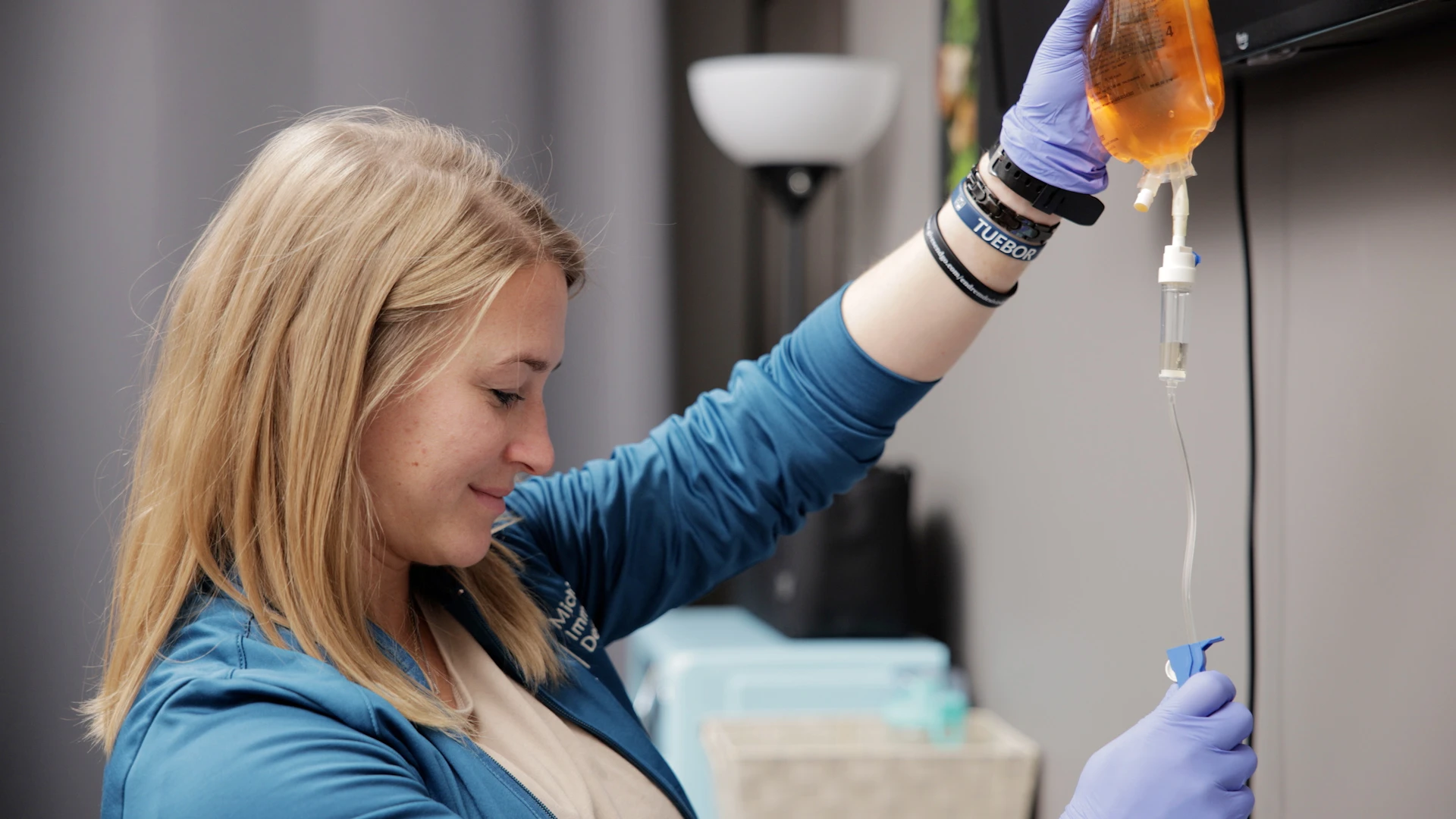Introduction
For many nurse practitioners (NPs), finding a collaborating physician is one of the most critical — and often most confusing — steps in launching or growing a practice. While more states are expanding NP independence, many still require some form of physician collaboration depending on the NP’s license, practice area, and location. And the stakes feel high because collaboration structures tie directly to licensure and practice authority.
The good news? This process is fully manageable — and when done correctly, it allows you to operate confidently, protect your license, and focus on patient care and business growth.
In 2025, nurse practitioners have more options than ever before for securing a collaborating physician. But with more choices comes greater complexity — and often greater risk if key compliance factors are overlooked.
In this article, I’ll walk you through the key options nurse practitioners have in 2025 for finding a collaborating physician, along with the pros, cons, and practical realities of each. My goal is simple: help you navigate this process with clarity and confidence based on my direct experience overseeing medical oversight relationships across hundreds of NP-owned practices nationwide.
Table of contents
- Introduction
- How You Find Your Collaborating Physician Matters
- Common Legal Considerations NPs Often Overlook
- What Happens If Your Collaborating Physician Leaves?
- What If You’re Realizing You Might Need to Make a Change?
- So what should you do?
- The Encouraging Reality
- Why Many NPs Are Choosing Platform Models in 2025
How You Find Your Collaborating Physician Matters
Over the years, I’ve worked with hundreds of nurse practitioners navigating the process of finding physician oversight. What’s often misunderstood is that this decision isn’t just about finding a physician — it’s about protecting your license, your business, and your ability to practice long-term. Your collaboration arrangement is one of the few decisions that directly affects both your clinical operations and your legal standing.
Here’s why this decision carries increasing weight in 2025:
- Your collaborating physician impacts your ability to stay open.
If your physician becomes unavailable, retires, or exits the agreement, you may legally have to pause patient care until compliant coverage is restored.
- State boards are increasing oversight.
More boards are reviewing collaboration agreements as part of audits, patient complaints, or licensing reviews. They’re not just checking that a physician is listed — they want to ensure the structure, documentation, and compliance are in place.
- Compliance standards are evolving.
Collaboration rules, scope of practice regulations, and Corporate Practice of Medicine (CPOM) laws change frequently. What was compliant 3-5 years ago may no longer satisfy today’s standards.
- Your choice impacts long-term growth.
If you’re planning to open multiple locations or expand into different services (IV therapy, aesthetics, wellness), your collaborating physician model needs to be scalable and durable.
In my work, I’ve seen many NPs navigate this successfully with the right structure in place — but I’ve also seen otherwise thriving practices stumble due to preventable compliance gaps that emerged during board reviews or growth transitions.
Option 1: Finding a Collaborating Physician Through Your Own Network
Many NPs naturally turn to physicians they know — former colleagues, mentors, or friends — when seeking a collaborator.
Pros:
- Personalized relationship: You have pre-existing trust and shared clinical perspectives.
- Flexibility: May allow for customized arrangements that fit both parties.
- Potential cost savings: Friends or colleagues may charge lower fees or offer informal arrangements.
Cons:
- Limited legal expertise:
Most individual physicians are not trained in state-specific collaboration laws, supervision requirements, or CPOM restrictions that govern NP-physician collaborations and ownership models. Even well-meaning arrangements may accidentally fall out of compliance.
- No built-in regulatory support:
In the event of a board inquiry, the physician may not know how to respond or may feel unprepared to defend the arrangement — leaving the NP to manage legal defense alone.
- Strained personal relationships:
Business conflicts (fees, liability concerns, availability) can create tension that affects both the professional relationship and personal friendship.
- Continuity risk:
If the physician moves, retires, or resigns unexpectedly, the NP may face immediate practice interruptions while searching for a replacement.
Many NPs successfully launch with a trusted physician collaborator, but it’s essential to ensure proper legal agreements, documentation, and contingency plans are established from the start.
Option 2: Recruiting Physicians Through Job Boards (Indeed, ZipRecruiter, LinkedIn)
Some NPs attempt to cast a wider net by posting job listings seeking collaborating physicians.
Pros:
- Access to more candidates:
Many physicians are interested in serving in these types of roles, so posting on recruitment job boards can give you access to a large pool of physicians across various specialties and geographies.
- Quick initial responses:
You may receive multiple inquiries shortly after posting as we see more and more physicians interested in joining these roles.
Cons:
- Vetting burden:
You are solely responsible for vetting each candidate and verifying:
- State licensure
- Board certifications
- Malpractice coverage
- Knowledge of collaboration laws
- Willingness to engage in true supervision (not just passive sign-offs)
- Uncertain compliance knowledge:
Some applicants may see collaboration as a quick side income, without fully appreciating their legal responsibilities under state law.
- Ongoing management complexities:
Contracts, compliance documentation, supervision protocols, and regulatory monitoring fall entirely on the NP since most physicians do not have the expertise to handle these things on your behalf.
- Continuity risks:
As with personal relationships, you risk being left without coverage if the physician exits unexpectedly.
Boards often focus heavily on these arrangements during investigations, particularly when it’s unclear whether proper oversight, documentation, or physician duties were truly being fulfilled.
Option 3: Partnering With a Medical Oversight Platform (e.g. GuardianMD, Collaborating Docs, Zivian)
In recent years, professionally managed oversight platforms have become an increasingly common — and often more secure — option for NPs seeking collaborating physicians.
Pros:
- Centralized compliance management:
Platforms like GuardianMD are built to actively manage:
- State-specific collaboration law updates
- Supervision documentation standards
- CPOM-compliant business structures
- Credentialing, licensure tracking, and renewal monitoring
- Audit readiness
- Board defense support:
If a board inquiry or investigation occurs, professional platforms provide both NPs and physicians with direct regulatory, legal, and administrative support.
- Business continuity safeguards:
Platforms maintain networks of credentialed physicians, ensuring that backup coverage is available if your assigned physician exits, minimizing clinical downtime.
- Transparent, predictable pricing:
Eliminates ad-hoc negotiations or confusing financial terms.
- Administrative relief:
Physician payments, supervision logs, contracts, and credentialing are fully managed.
- Hands-off structure for qualified NPs:
Many experienced NPs prefer collaborations where the physician provides the legally required oversight without unnecessary involvement in daily operations.
Cons:
- Less personalized relationship:
While platforms ensure legal compliance, some NPs may desire more direct personal collaboration in highly specialized practice areas.
- Subscription fees:
Ongoing costs may be higher than informal private arrangements, but are often outweighed by compliance protections and operational stability.
Having personally overseen board investigations, I’ve seen firsthand how NPs operating under structured platforms like GuardianMD have far stronger legal protection and continuity during board reviews than those in ad-hoc private arrangements.
Common Legal Considerations NPs Often Overlook
Regulatory shifts, board rule changes, and legal precedent adjustments happen every year. What may have been acceptable even 24 months ago may no longer suffice in today’s environment. In my experience, even highly skilled and well-intentioned NPs sometimes miss subtle legal details that become major issues down the road. The most common include:
- Outdated or incomplete collaboration agreements
- Failure to document chart reviews or required supervision meetings
- Misunderstanding of how CPOM affects business ownership models
- Collaborating physicians unaware of their own legal obligations
- Inadequate contingency plans if the physician leaves
- Lack of clear scope-of-practice boundaries across multi-state telemedicine practices
Again — none of these are insurmountable. They simply require upfront planning, proper structures, and periodic legal review.
Key takeaway:
The strongest NP-owned practices are those that design compliance into their business model, rather than hoping to correct issues after growth has occurred.
What Happens If Your Collaborating Physician Leaves?
This is a scenario every NP should be prepared for — and one I’ve seen catch many by surprise.
- In most states, if your collaborating physician exits, you may not legally continue to practice until a new compliant relationship is in place.
- Even short gaps in coverage can trigger board scrutiny.
- Insurance carriers and credentialing bodies may suspend contracts if proper physician coverage lapses.
- Patient care disruptions can harm your practice’s reputation and revenue.
The solution is to build redundancy into your model — either by contracting with a platform that maintains physician bench depth or by having pre-arranged backup agreements in place. This single step dramatically reduces your operational vulnerability.
Comparison Summary
| Option | Pros | Cons |
| Personal Network | Personalized, potential cost savings | High compliance risk, relationship strain, no board support, continuity risk |
| Job Boards | Large candidate pool, quick responses | High vetting burden, unclear qualifications, management complexity, same continuity risk |
| Medical Oversight Platforms (e.g. GuardianMD) | Compliance expertise, board defense, business continuity, admin support | Less personalized, subscription cost |
What If You’re Realizing You Might Need to Make a Change?
If you’ve made it this far and are thinking, “Uh oh… I’m not sure I set this up right” — you’re not alone. This is actually one of the most common realizations NPs have after they’ve launched their practice and learned more about how oversight and compliance actually work.
The good news? It’s never too late to reevaluate and course-correct. Making a change now could prevent serious issues later.
Here are common signs it’s time to revisit your collaborating physician arrangement:
- You’re unsure what’s in your agreement — or don’t have one at all.
If your arrangement was casual, verbal, or copy-pasted from someone else, it’s worth reviewing with fresh eyes.
- Your practice has changed.
Maybe you’ve added IV therapy, aesthetics, telehealth, or expanded to a new state. What worked before might no longer be compliant or sufficient.
- Your physician is less involved or harder to reach.
This can leave you vulnerable during audits, insurance reviews, or board inquiries — especially if documentation isn’t being maintained.
- You’re growing — and need a more scalable structure.
As your patient volume or clinic footprint expands, your oversight model needs to grow with you.
- You’re not confident you’d be prepared if the board asked questions.
That alone is reason enough to take action.
So what should you do?
Start by reviewing your current agreement, your state’s requirements, and asking yourself: “If I were audited tomorrow, do I feel fully protected?” If the answer is no — consider transitioning to a more structured, compliant, and support-driven model.
The goal isn’t to create fear — it’s to give you peace of mind. When your physician relationship is set up correctly, it becomes one less thing to worry about and one more foundation for long-term success.
The Encouraging Reality
While there are real compliance factors to navigate, thousands of NPs successfully launch and grow independent practices every year by approaching collaboration decisions intentionally. You don’t need to feel overwhelmed — you simply need the right structures and partners in place from the start.
- When structured correctly:
- You protect your license.
- You avoid unnecessary legal exposure.
- You position your practice to scale with confidence.
- When structured loosely or informally:
- Small gaps today can become major issues tomorrow, often surfacing during board inquiries, insurance audits, or practice transitions.
Why Many NPs Are Choosing Platform Models in 2025
The rise of platforms like GuardianMD reflects a broader shift happening across NP-led healthcare:
- NPs want independence without hidden legal risk.
- Compliance expectations are increasing.
- State regulations are evolving faster than many private physicians can keep up with.
By choosing professionally managed oversight solutions, NPs gain:
- Long-term stability
- Board defense preparation
- Scalable compliance infrastructure
- Freedom to focus on patient care and business growth
Interested in learning how GuardianMD helps NPs find a collaborating physician, protect their license, and scale confidently? Learn more here.
About the Author
Christopher Seitz, MD is the Founder, CEO and Chief Medical Officer of GuardianMD and a national leader in medical oversight, compliance, and corporate practice of medicine structures for nurse practitioners and non-physician-owned clinics. Dr. Seitz is a board-certified Emergency Physician that holds active medical licenses in all 50 U.S. states. He is functional medicine trained as well and serves as a compliance advisor to health entrepreneurs, medical boards, and oversight organizations nationwide.



